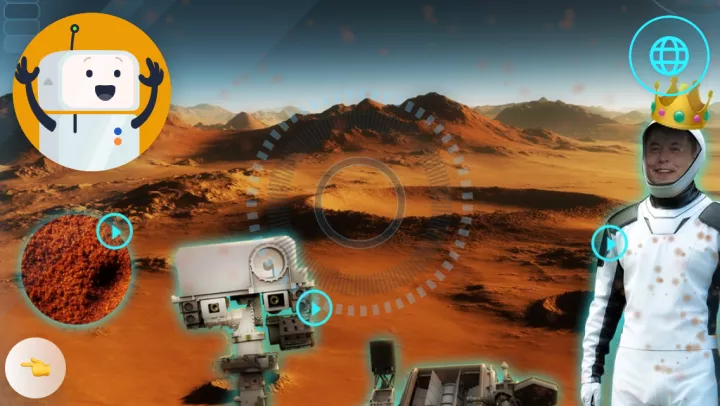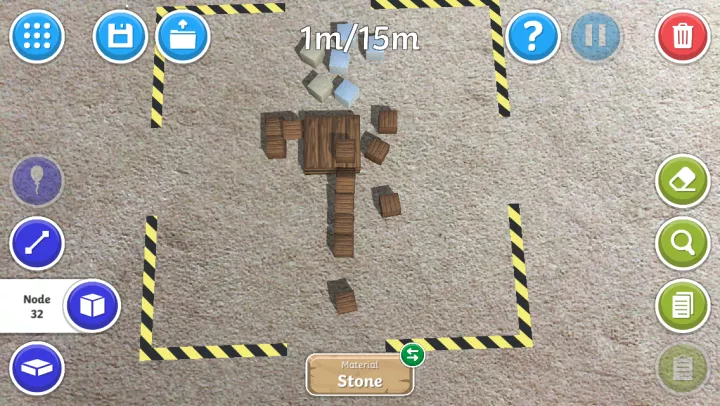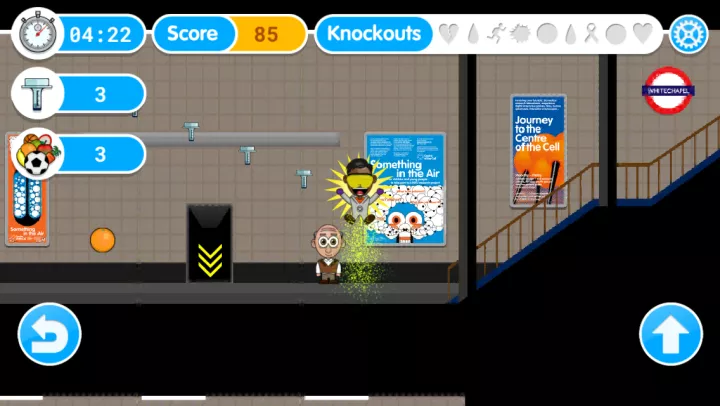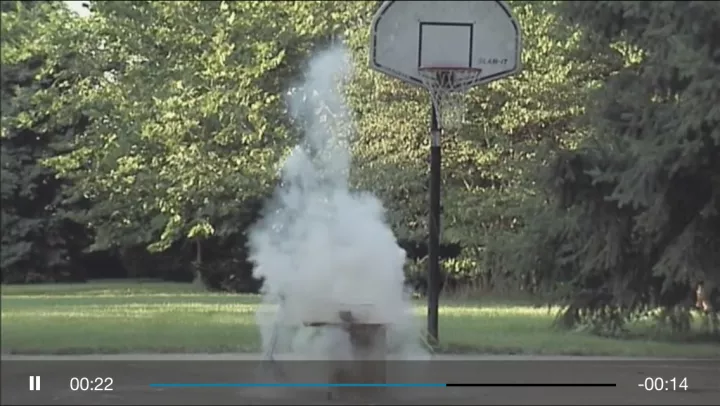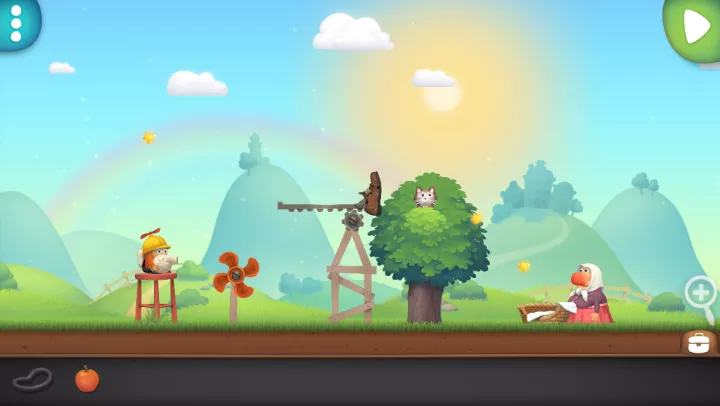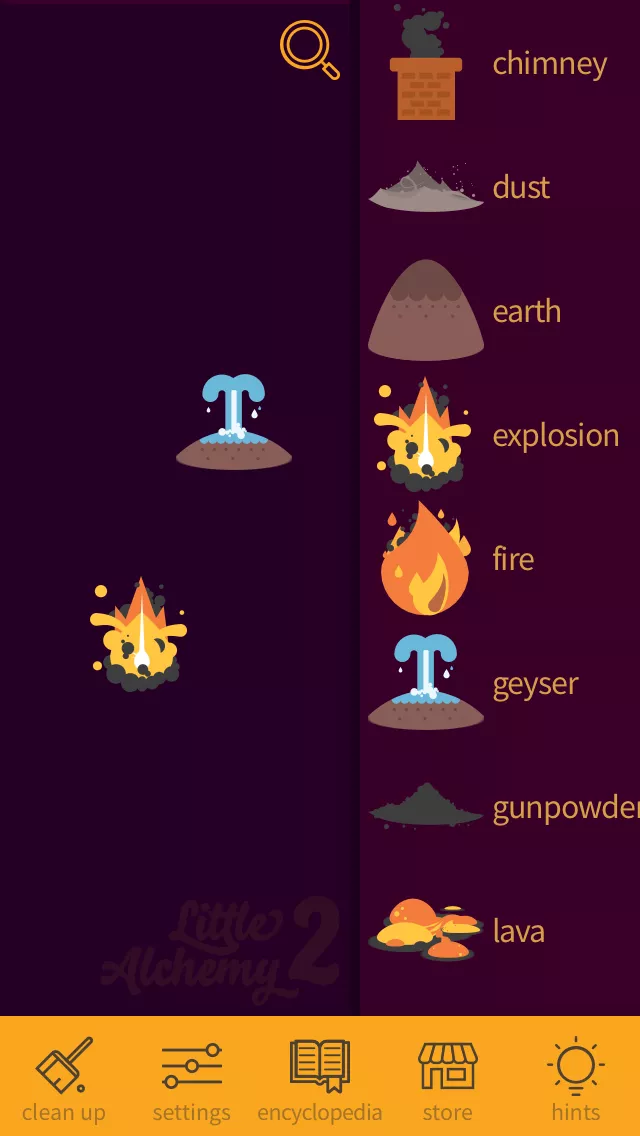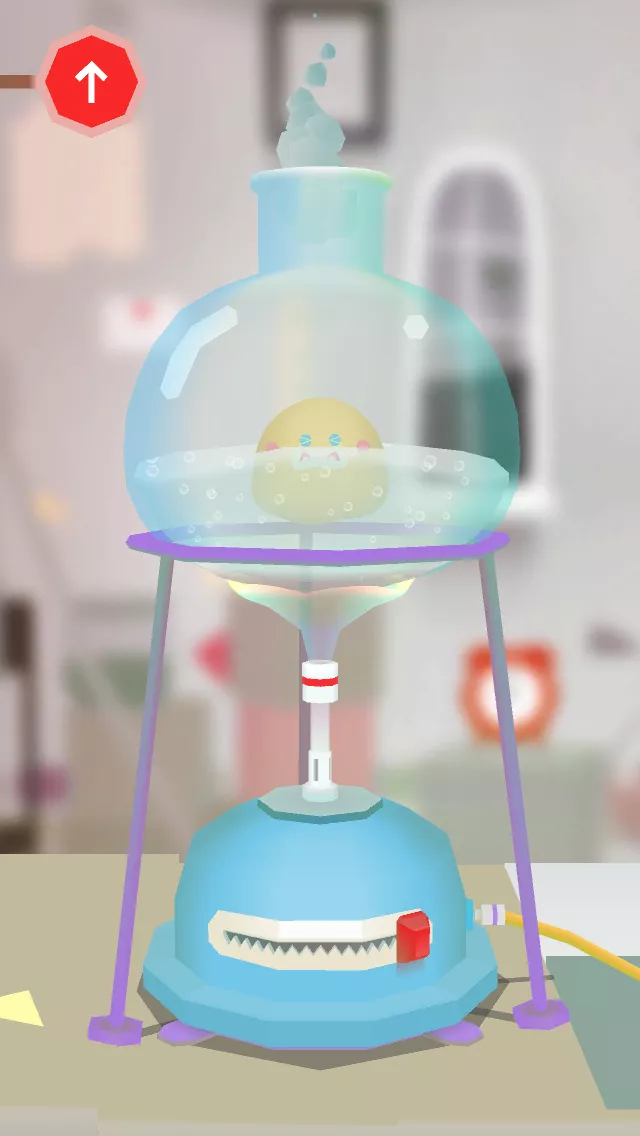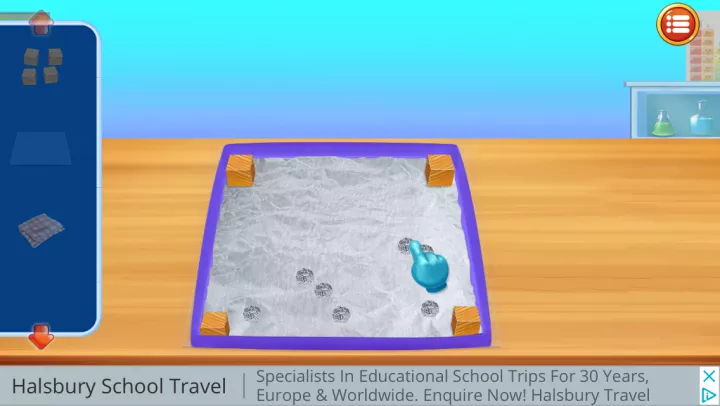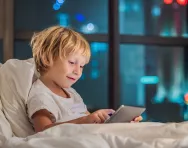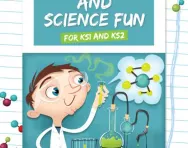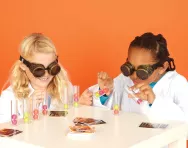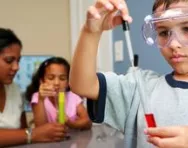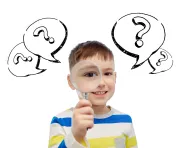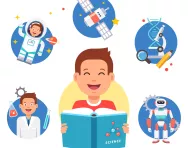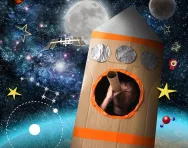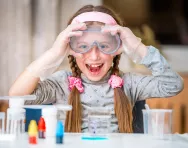Important update from TheSchoolRun
For the past 13 years, TheSchoolRun has been run by a small team of mums working from home, dedicated to providing quality educational resources to primary school parents. Unfortunately, rising supplier costs and falling revenue have made it impossible for us to continue operating, and we’ve had to make the difficult decision to close. The good news: We’ve arranged for another educational provider to take over many of our resources. These will be hosted on a new portal, where the content will be updated and expanded to support your child’s learning.
What this means for subscribers:
- Your subscription is still active, and for now, you can keep using the website as normal — just log in with your usual details to access all our articles and resources*.
- In a few months, all resources will move to the new portal. You’ll continue to have access there until your subscription ends. We’ll send you full details nearer the time.
- As a thank you for your support, we’ll also be sending you 16 primary school eBooks (worth £108.84) to download and keep.
A few changes to be aware of:
- The Learning Journey weekly email has ended, but your child’s plan will still be updated on your dashboard each Monday. Just log in to see the recommended worksheets.
- The 11+ weekly emails have now ended. We sent you all the remaining emails in the series at the end of March — please check your inbox (and spam folder) if you haven’t seen them. You can also follow the full programme here: 11+ Learning Journey.
If you have any questions, please contact us at [email protected]. Thank you for being part of our journey it’s been a privilege to support your family’s learning.
*If you need to reset your password, it will still work as usual. Please check your spam folder if the reset email doesn’t appear in your inbox.
Best science apps for kids
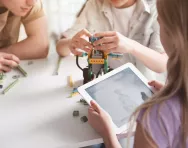
The apps reviewed are not produced or distributed by TheSchoolRun. All details were correct when we reviewed them, but please note that some apps can be very short-lived and may become unavailable to download. We are unable to guarantee that the app listings we provide are completely up-to-date at all times.
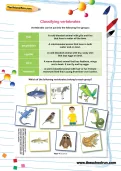
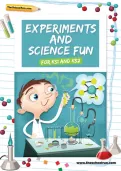
Download fantastic science resources today!
- Experiments And Science Fun pack
- Science Learning Programme for each school year
- All the instructions, questions and information you need
Featuring Klatoo the friendly alien, Science Adventure tests your child’s knowledge through a series of interactive animations and experiments: for example, dragging objects such as a cork and a brick into a container of water to see if they float or sink. Three different topics are covered – plants, animals and seasons – each with a selection of learning activities that your child can work through at their own pace and revisit to build their confidence.
The colourful doodle-style animations will appeal to young children, and a free version, including a smaller selection of activities, is available to try before you buy.
Best for KS2 kids
Fun Science for Kids – Tappity, £7.49 per month/£13.49 for three months/£149.99 for life membership, Apple
This fantastic app is packed full of videos, interactive animations and quizzes covering over 100 science topics, including space, life science, earth science, physics and many more.
Your child selects a Science World (a topic) to begin, and then explores that topic through hands-on guides, one lesson at a time. For example, Space Science involves visiting each planet in the solar system in turn, discovering facts and interacting with the map to drive the Mars rover, see how weather behaves on different planets, and more. At the end of each lesson, mad scientist Hayley tests your child on what they’ve learned.
Tappity can be customised to suit your child’s age. They can document their learning with sketches and photos, run science experiments with Hayley, and earn ‘degrees’ for each Science World completed.
Best physics app
Twinkl ARchitect, free, Apple
If your child is hooked on Minecraft, they’ll love this augmented reality app that allows them to build in 3D using the camera on their device.
It introduces principles of physics as your child creates structures such as towers and bridges using blocks made of different materials: stone, ice and wood. The success of their creation depends on their construction techniques and the materials used – ice, for example, is slippery and could make their tower topple. Your child will learn about forces, materials, friction and surfaces as they experiment in Creative mode or test their building skills in challenges against up to three friends on different devices.
The teacher-created app is designed for kids in Key Stage 2 and above, and aligned to the National Curriculum.
Best biology app
Gene Quest, free, Apple and Android
Created by Centre of the Cell, a biomedical science research centre in London, Gene Quest is an addictive platform game that teaches your child about genes, DNA and medical research.
After designing their own scientist avatar, your child has to explore East London, collecting gene samples from the people they bump into in an attempt to find people with genetic knockouts: altered genes that can protect against illness. They do this by collecting sample kits along the way to test people’s saliva. They can also earn bonus points by collecting healthy living boosts. They have seven minutes to collect as many knockouts as possible.
Each time your child collects a knockout, the game explains what that knockout does, helping them develop an understanding of how genes and DNA affect our health. Can they be promoted to higher ranks, or even earn the Nobel Prize for science?
Best for mad scientists
The Elements in Action, £4.99, Apple
This mesmerising app that explores the periodic table is perfect if your child is a mad scientist in the making.
It features 79 short video clips, each linked to an element of the periodic table, showing how that element behaves. Your child can hover over the periodic table and click on the element they’d like to explore. It then brings up a definition of the element and an accompanying video, ranging from the bizarre to the sublime.
Your child (and you!) can find out what happens when highly reactive rubidium is placed in water, or when a cannonball is dropped into a pool of mercury. It’s the perfect way to explore the kind of experiments you definitely shouldn’t try at home, without the risk of disastrous consequences!
Best engineering app
Inventioneers, £4.99, Apple and Android
Inventioneers is an award-winning app that introduces your child to the laws of physics through play and experimentation.
With the help of tiny scientists the Inventioneers, your child’s task is to design inventions to solve a problem, such as rescuing a cat from a tree and propelling it into a basket. They’re given a range of tools and construction materials to use, such as planks, tubes and rubber bands, and have to combine them in the right way, using physical processes like magnetism and gravity.
Your child can play in Create mode to make their own inventions, or tackle the tasks set by the app, with a range of different environments, tools and challenges to try out.
Best chemistry app
Little Alchemy 2, £2.99, Apple and Android
Budding chemists will love this app that lets them explore the properties of different elements, chemicals and minerals.
Your child is given a starter selection of elements, such as earth, fire, air and water. They then drag them together in pairs to find out what happens when they’re combined – for example, fire and water create steam. The new element that they’ve discovered then gets added to their bank of things to use, so they can follow the chain reaction right down to its conclusion.
The app features a massive 720 elements to discover and combine, with amusing descriptions of each: mist, for instance, is ‘fog’s tiny sibling, prone to hiding monsters’. Your child can look up definitions in the encyclopaedia, and read hints to help them find new combinations.
Best app for enquiring minds
Toca Lab: Elements, £3.99, Apple and Android
Toca Lab: Elements introduces children to the periodic table through interactive, lab-based activities.
As they play, your child will get to know different pieces of lab equipment, including test tubes, centrifuge, Bunsen burner and oscilloscope. They can select an element from the periodic table and discover how they respond to experiments involving heat, cold, magnetism and more, creating reactions such as explosions and evaporation. The more they play, the more elements they unlock.
The only drawback is that the periodic table in the app only shows the elements’ abbreviated name and atomic number, and not their full name, so it’s not always easy to work out what they are. This can be solved by printing out a periodic table for your child to cross-refer to.
Best for inspiring experiments
Science Experiments Alpha Lab, £1.99, Android
This virtual science lab demonstrates how to perform simple physics and chemistry experiments that can be done at home through interactive exercises.
It walks your child through a series of experiments that mainly involve resources that you have around the house: for example, making a water pump using a plastic bottle, a straw and a balloon. By moving the objects around the screen, your child conducts the experiment themselves; it’s then followed up by an explanation of the results and the science behind them.
Using the app, your child can find out things like how to generate electricity and how a hovercraft works, and most experiments can be replicated at home so they can get hands-on with discovering how science works.
Best for wannabe paleontologists
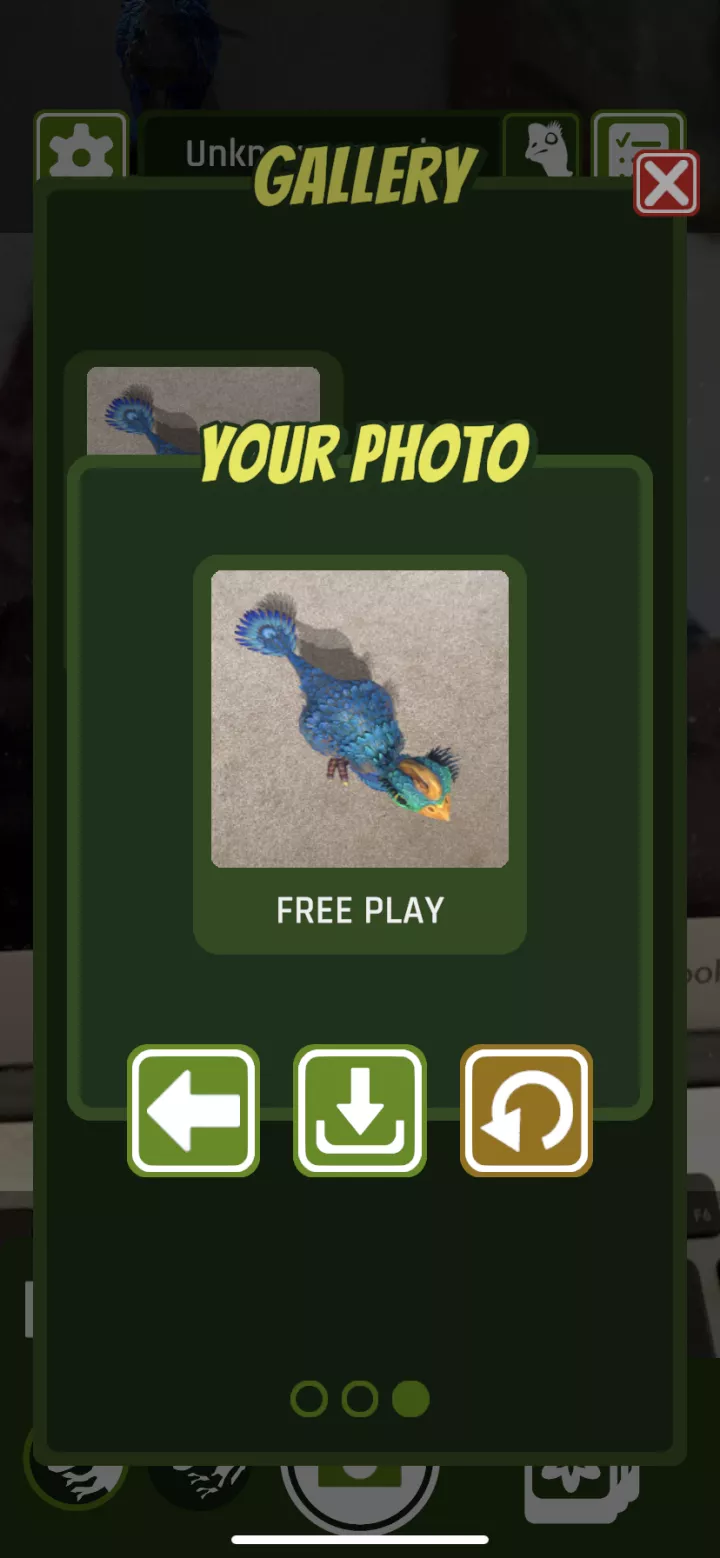
My Dino Mission AR, free, Apple and Android
If your child has ever dreamed of having a dinosaur as a pet, My Dino Mission from the Natural History Museum is the next best thing. It uses their device’s camera to beam a 3D dinosaur right into your living room for your junior paleontologist to investigate.
The augmented reality app encourages your child, in their role as a research photographer, to care for their dinosaurs by giving them food and drink, and take photos of evidence (such as feathers, footprints and – of course – poo) that will help them find out more about prehistoric creatures. It’s packed with facts about dinosaurs’ diets, habitats and anatomy, with new missions released as your child collects stars for completed tasks.
Your child can also compile fact files, interact with the dinosaurs themselves, and take and share selfies with their ‘pets’ against the backdrop of their own home or garden.
